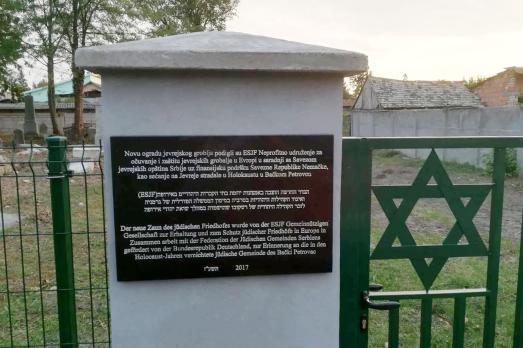
Backi Petrovac Jewish Cemetery
Bački Petrovac, RS
The cemetery has 30 gravestones, the oldest one from 1852 and the latest one from 1933. The site was fenced by ESJF in May 2017.
Here you can search for a building to visit. You can use the map find destinations, or you can use the filters to search for a building based upon what different criteria.

Bački Petrovac, RS
The cemetery has 30 gravestones, the oldest one from 1852 and the latest one from 1933. The site was fenced by ESJF in May 2017.
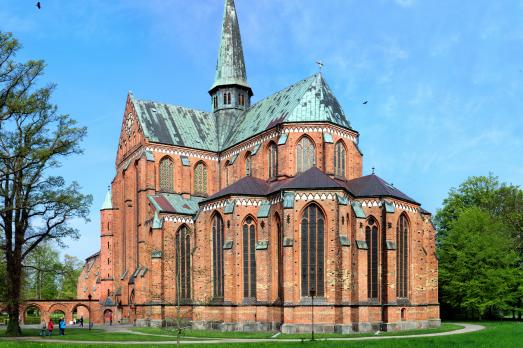
Bad Doberan, DE
Bad Doberan Cathedral is the church of the former Cistercian monastery built at the end of the 13th century. The High Gothic Cathedral It is one of the most important Gothic brick buildings in the Baltic Sea region. The rich furnishings include the high altar, the upper part of which dates back to around 1310 and is one of the oldest winged altars in the history of art.
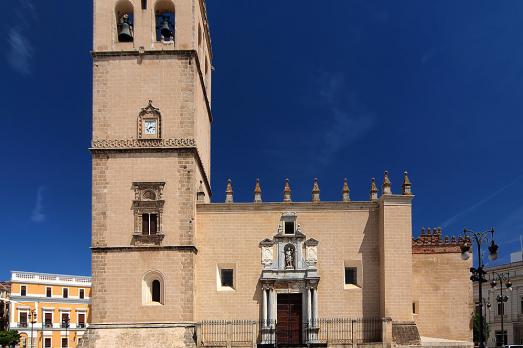
Badajoz, ES
The cathedral of Badajoz dates from the 13th century, but its construction took until the 18th century. As early as 1276, the cathedral was consecrated under the patronage of Saint John the Baptist. But it was not completed until the 15th century, and important stylistic changes were made until the 18th century, hence the style of the church, hesitating between Gothic and Baroque. Up to five royal weddings were celebrated in the town of Badajoz from the 14th to the 18th century.
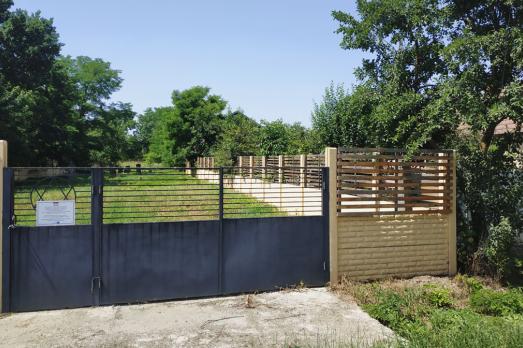
Badalovo, UA
The period of the cemetery’s establishment is unknown. It first appears on a cadastral map from 1865, but the earliest preserved tombstone dates to the late 19th century. The cemetery was fenced by ESJF in July 2016.
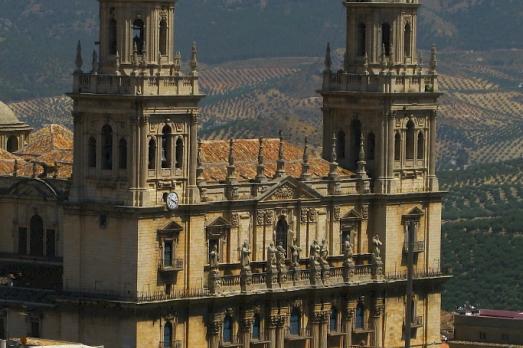
Baeza, ES
Baeza Cathedral was founded in the 12th century on the site of an old mosque. The building is part of the Renaissance monumental complex of Baeza which, together with Úbeda, was declared a World Heritage Site by UNESCO in 2003.
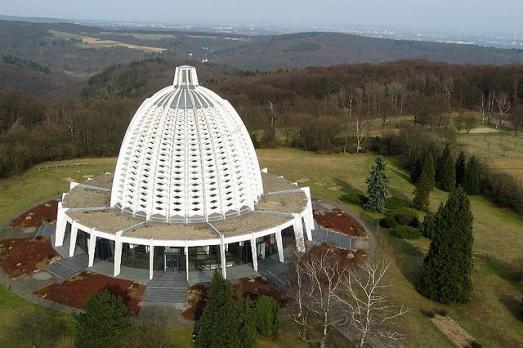
Hofheim am Taunus, DE
The only Baha'i house of worship in Europe, it is a modern concrete and glass building, designed by German architect Tuto Rochol, and inaugurated in 1964. The ceiling is illuminated by more than 500 stained glass windows.
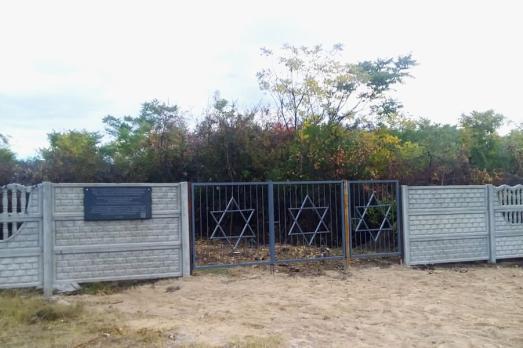
Baimaclia, MK
According to local elderly people, the Jewish cemetery was located on what today is a wooded hill. During the 1960s and 1970s, it was demolished. The site was intended for construction, which was ultimately not carried out.
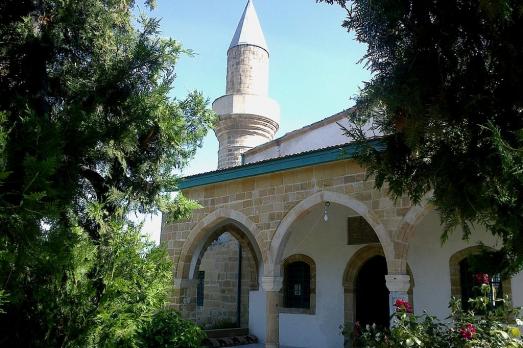
Nicosia, CY
The Bairaktar Mosque is dedicated to the flag bearer (Bayraktar) who fell while placing the Ottoman flag on the walls of Nicosia, at the Konchantza Gate, on 9 September 1570 during the Ottoman occupation of Cyprus. The grave of the flag bearer is located next to the mosque, but the name of the person remains unclear. The mosque was bombed three times during intercommunal violence in the early 1960s. In September 1975, the building was repaired, except for the minaret. In 1990 the mosque was completely repaired and in 2003 it was opened.
Slikkerveer, NL
Moluccan mosque. Interesting complex.
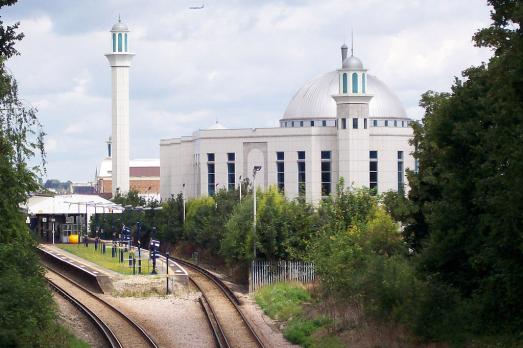
Morden, GB
Baitul Futuh Mosque is a place of worship of the Ahmadiyya Muslim Community in London's Morden district.

new
Nestled amidst the serene landscapes of the Harz region, lies a hidden gem for nature enthusiasts and history buffs alike - the Harz Monastery Hiking Trail. Lace up your hiking boots and embark on this captivating adventure that will transport you back in time.

The Holy Mile (Miglio Sacro) of Naples is a one-mile-long itinerary, through sacred places linked to the city's patron saint, San Gennaro, in the Rione Sanità district. Discover the city from a new perspective with this unique walking tour.

As a university city, cultural offerings abound in Tartu and will reach their peak after being designated one of three European Capitals of Culture for 2024. In this list, we've compiled the most interesting sacred places to visit in and around the old town.